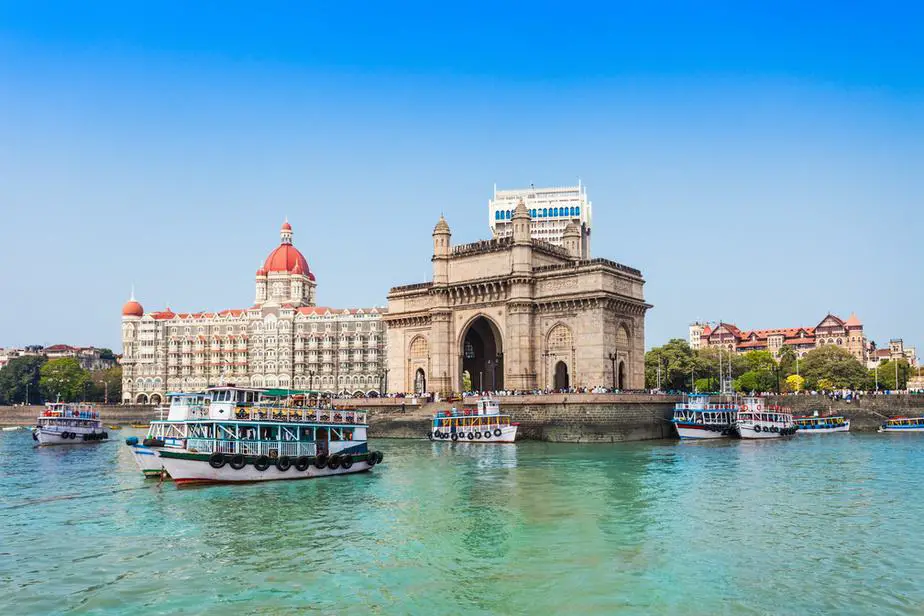
When one thinks of India’s bustling metropolis, the city that often comes to mind is Bombay. Known for its rich history, diverse culture, and thriving entertainment industry, Bombay has captured the imagination of people worldwide. However, you may be wondering, “Where is Bombay located?”
In this topic, we will embark on a virtual journey to unravel the geographical location of this captivating city, which has undergone a significant transformation over the years.
Historical Background
Before diving into Bombay’s current whereabouts, it’s essential to understand its historical context. Bombay, now officially known as Mumbai, has a fascinating past that shaped its present identity. The region was originally inhabited by indigenous communities, with evidence of human settlements dating back to the Stone Age. Over the centuries, Bombay saw the rise and fall of several empires, including the Mauryas, Chalukyas, and Rashtrakutas.
Colonial Influence and Renaming
In the 16th century, the Portuguese arrived in Bombay, establishing their presence in the region. Later, the British East India Company gained control over Bombay in 1661 as part of Catherine of Braganza’s dowry when she married Charles II of England. Under British rule, Bombay experienced rapid growth and emerged as an important trading port.
During the British era, the city’s name was anglicized to “Bombay.” However, in 1995, the city was officially renamed Mumbai, reclaiming its original Marathi name. The renaming aimed to honor the city’s patron goddess, Mumbadevi, and foster a sense of cultural pride among the local population.
Geographical Location
Mumbai, or Bombay as it was formerly known, is situated on the western coast of India. It occupies a strategic location on a natural harbor along the Arabian Sea, which has played a pivotal role in its development as a major commercial and financial center. Geographically, Mumbai is approximately 18.96° N latitude and 72.82° E longitude.
The city is part of the larger state of Maharashtra, one of India’s most populous and diverse states. Maharashtra’s capital, Mumbai, is the heart of the state’s economic, political, and cultural activities. The city is surrounded by the Arabian Sea on its western side and is bordered by the districts of Thane and Raigad on its eastern side.
Expanding Horizons
Mumbai is often called the “City of Dreams” due to its status as the entertainment capital of India. It is home to the glamorous Hindi film industry, Bollywood, which has garnered global recognition. Besides the film industry, Mumbai boasts a vibrant theater scene, art galleries, and a thriving music industry.
Moreover, the city has seen remarkable growth in other sectors, including finance, information technology, and fashion. It hosts the largest stock exchange in India, the Bombay Stock Exchange, and houses numerous multinational corporations. Mumbai’s economic prominence and cosmopolitan nature attract people from all over the country and the world, contributing to its diverse and multicultural fabric.
Challenges and Charms
Mumbai, with its undeniable allure, grapples with the consequences of being densely populated and fast-paced. Its infrastructure fails to meet the needs of the ever-increasing population, resulting in problems like traffic congestion and housing shortages. However, there are ongoing attempts to tackle these challenges through urban planning and infrastructure development endeavors.
Despite everything, Mumbai’s charm is still irresistible. The city boasts of magnificent architectural wonders like the Gateway of India, the Chhatrapati Shivaji Terminus, and the Marine Drive promenade. Its lively markets, delectable street food, and colorful festivals offer an overwhelming sensory experience that mesmerizes both locals and visitors.
Leave a Reply